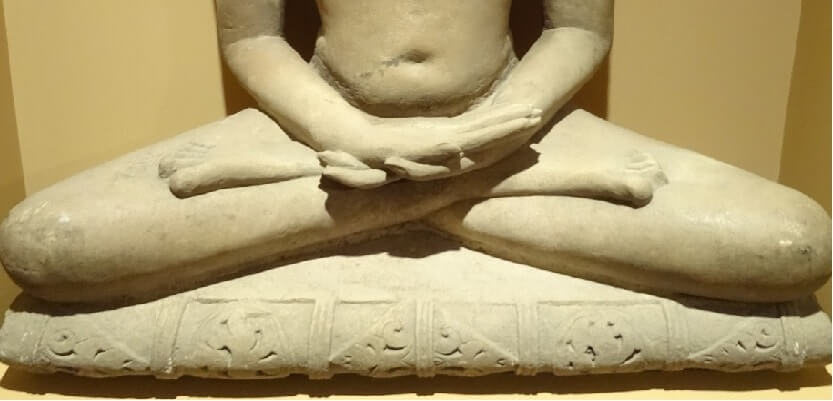Asana literally means a seat. Patanjali says “Sthira sukhasanam”, which means: that which is steady and comfortable is Asana. ‘Sthira’ means steady, balanced, and ‘sukha’ means comfortable. Therefore, when we sit for meditation, posture should be steady and also comfortable to sit for a long time. The posture that causes pain in the body, is not suitable. Consistent practice is involved to master the yogic postures.
The goal of asanas or postures in the context of yoga sutras is meditation. Also, in ancient times, asanas were mostly used as a means to strengthen the body and mind to sit for a long time in sadhana. Asana is not just about exercise, sport, or acrobatics. Although asanas are performed as physical exercises, there is a lot more than that. Asanas are the means to a union or connect with the higher self. Asanas or postures help maintain alignment with the body and the mind. Body and mind are intertwined and never separated. To make the mind still, it is important to have the body fit and stable. Otherwise, the mind becomes restless. It is called conditioning the body, which comes under Hatha Yoga.
Nowadays, yoga and asanas are used as physical fitness. Perfection in bending and twisting the body is recognized as the purpose of yoga. Nothing wrong with that. But, just concentrating on the physical level, might not take you anywhere in the spiritual realm. Yoga practice should include body, mind, breath, and energy in totality. Therefore yoga should include postures, pranayama (breathing technique) and meditation as a whole.
It has been said in classical texts that there are as many asanas as there are living beings. Therefore, it would be a total of 84,00,000 postures. However, most of the texts include 84 important asanas. You do not have to perfect all the asanas. If you perfect some or even one asana is sufficient in the context of meditation. However, to make the body fit and healthy, you can practice some important asanas.
Initially, a lot of effort goes into practicing asanas. However, it should become effortless in the end. When it becomes completely effortless, the mind can be concentrated on meditation. Yoga should become natural and effortless rather than putting effort in ‘doing something’.
Maharshi Patanjali did not mention any of the asana names in his yoga sutras. However, many sages and scholars, like sage Vyasa, commenting on the sutras, mentioned many suitable asana postures like Padmasana, Vajrasana, Veerasana, Siddhasana, Bhadrasana, and many others. No matter which posture is chosen, the head, neck, and back should be aligned leaving the natural curve in the spine.
Spiritual Benefits of Asanas
- By regular practicing of asanas, one will have self-awareness and higher concentration
- The body, mind, and energies are aligned together.
- Life becomes effortless and stress-free
- One can handle more energy levels while performing spiritual practices
Physical Benefits of Asanas
- It increases muscular and body strength
- It increases immunity levels in the body
- Improves blood circulation
- And many other health benefits
